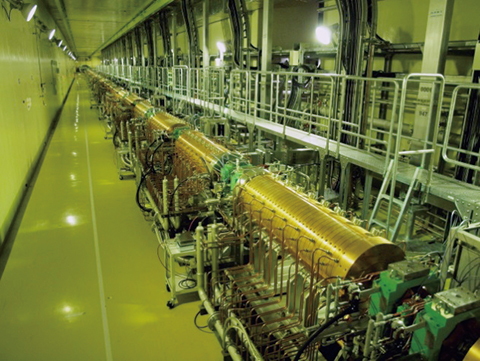
Fig.5-1 Annular-ring coupled structure (ACS) cavities installed at the downstream of Linac
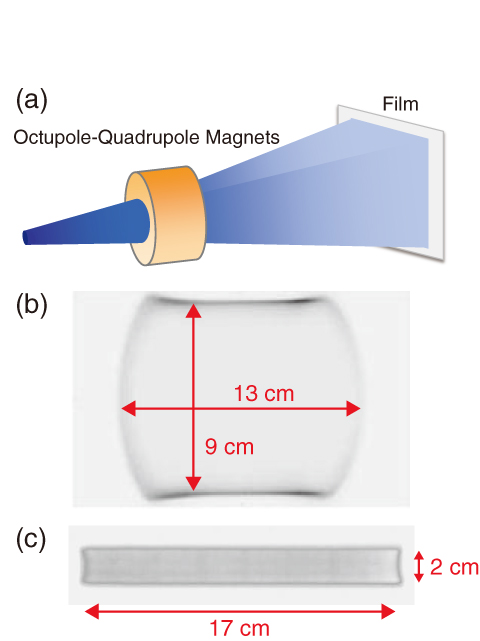
Fig.5-2 Large-area uniform irradiation field measured with a radiochromic film
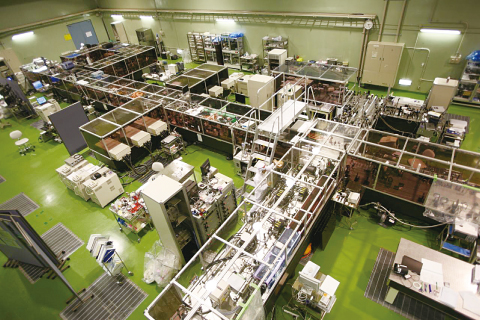
Fig.5-3 JAEA Kansai Advanced Relativistic ENgineering (J-KAREN) laser system
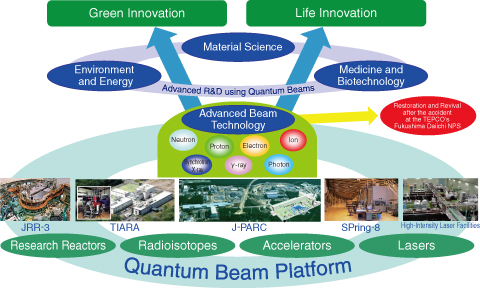
Fig.5-4 Quantum beam facilities and research system for quantum beam science and technology in JAEA
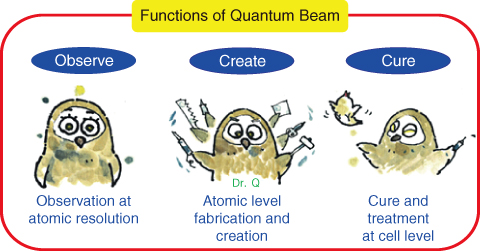
Fig.5-5 Characteristics of quantum beams
“Quantum beam” is a generic term for neutron beams, ion beams, electron beams, high-intensity lasers, and synchrotron X-rays, which are generated from accelerators, high-intensity laser facilities, and research reactors. Recently, “quantum beam technology” has been extensively developed, with the most advanced manufacturing and observations being conducted using highly controlled quantum beams.
There are several large quantum beam facilities such as J-PARC, TIARA, J-KAREN, SPring-8 beamlines, and JRR-3 in JAEA. We have generated numerous results from these facilities. In this chapter, we introduce representative research results on “quantum beam” science and technology.
Development of Beam Technologies for Quantum Beam Facilities
Technological Development at J-PARC
J-PARC comprises a series of three proton accelerators-Linac, 3 GeV synchrotron (RCS), and 50 GeV synchrotron-and three experimental facilities. The facilities include the Materials and Life Science Experimental Facility (MLF), which provides neutron and/or muon beams for a wide range of studies, the Hadron Experimental Facility for nuclear and particle physics experiments using particles such as K-mesons, and the Neutrino Experimental Facility for the T2K experiment of particle physics using neutrinos. All these experimental facilities are open to users from across the globe.
In the fiscal year (FY) 2013, there were significant advances at Linac and RCS toward the upgrade of the beam power to 1 MW. Annular-ring coupled structure (ACS) cavities (Fig.5-1), developed in J-PARC, were installed to upgrade the acceleration energy from 181 MeV to 400 MeV at the downstream of Linac. The newly installed ACS section is shown to have the following features. The accelerating beams are very efficient and suppress the transverse accelerating field caused by the axial symmetry of an ACS. At the RCS, by virtue of the newly developed beam tuning techniques, the beam losses can be reduced to an acceptable level not only at the injection point but also in the acceleration section.
Consequently, we successfully delivered a 532 kW beam to the neutron source of MLF, the highest power thus far reported. A test operation with a 1 MW beam was scheduled for October 2014.
Users at MLF conducted experiments at 18 neutron and 2 muon beamlines with a proton beam power of 300 kW over 4 run cycles. The number of submitted proposals was 533, approximately the number submitted in FY 2012. This chapter presents the outcomes from MLF (Topics 5-13, 5-14) and RCS (Topics 5-15, 5-16).
Technological Development at TIARA
The Takasaki Ion Accelerators for Advanced Radiation Application (TIARA) consists of four ion accelerators. Together with an electron accelerator and gamma-ray irradiation facilities, the TIARA accelerators are available to researchers in JAEA and other organizations for R&D activities on new functional and environmentally friendly materials, biotechnology, the radiation effects of materials, and quantum beam analysis. Practical technological developments currently in progress involve microbeam formation, single ion hits, techniques for large-area uniform irradiation, efficient beam transmission and acceleration (Topic 5-17) at the cyclotron, three-dimensional in-air PIXE analysis, and a three-dimensional microfabrication technique at the electrostatic accelerators.
In FY 2013, a technique for controlling the irradiation field shape of the large-area uniform irradiation of a several-hundred-MeV heavy ion beam was developed using a multi-pole magnetic field. The beam intensity distribution is made uniform by a pair of octupole magnets, and the shape of the uniform irradiation field is controlled by quadrupole magnets (Fig.5-2). According to both beam optical calculations and experimental results, the two quadrupole magnets closest to the irradiation chamber are most effective for shape control. A quantitative method for estimating the shape and uniformity of the field was also established using a radiochromic film. Irradiation fields of various sizes and aspect ratios, such as rectangles and ribbons, were formed using these techniques.
Kansai Photon Science Institute
In the Kizu District, we eagerly engage in R&D activities concerning lasers. For instance, we develop high quality lasers and study the use of electron beams, ion beams, and X-rays generated by high-intensity short-pulse lasers. Currently, we are improving the quality of our high-intensity short-pulse lasers (Fig.5-3). Since FY 2013, we have been installing high repetition rate pump lasers and renewing the pulse compression gratings to achieve a more frequent and higher power beam supply.
In the Harima District, we have been developing and improving a state-of-the-art analysis technique for expressing the functional and reaction mechanisms of materials. For this purpose, we employ four JAEA synchrotron radiation beamlines at SPring-8. These beamlines are also applied to nanotechnology, energy, and environmental studies; for example, a decontamination technique for revitalization at Fukushima.
Furthermore, external researchers are now being supported under the Nanotechnology Platform Project entrusted to us by MEXT. This project was granted a supplementary budget for FY 2012, which was invested in new equipment for nitride semiconductor film formation, and renewing the kappa-type X-ray diffractometer of two JAEA beamlines in FY 2013.
Advanced R&D on Quantum Beam Science and Technology
JAEA’s large quantum beam facilities have been employed in diverse science and technology fields, mainly for sustainable living and green innovations (Fig.5-4).
By controlling the beam parameters, quantum beams can be used to probe atomic- or molecular-level information. Quantum beams can further investigate materials at nanometer scales (i.e., at the atomic or molecular level), because they interact with the material’s constituent atoms to change their configuration, composition, and electronic state. In medical applications, these beams are used for radiotherapy, which focuses a beam onto cancer cells (Fig.5-5).
We have been developing new beam sources and enhancing the beam intensities. These improvements will assist the clarification of unknown phenomena and extend the applicability of quantum beams. Additionally, quantum beam “probes” have yielded good results in materials science, environment and energy, medicine, and biotechnology, which are related to life sustainability and green innovations.
In this chapter, we introduce our recent research (Topics 5-1, 5-2, 5-3, 5-4, 5-5, 5-6, 5-7, 5-8, 5-9, 5-10, 5-11, and 5-12) on advanced beam technology and the application of quantum beams to the above mentioned fields.
We are also contributing to the recovery from the accident at the Tokyo Electric Power Company, Incorporated Fukushima Daiichi Nuclear Power Station. For example, we have been developing improved decontamination materials (Chapter 1, Topic 1-12).